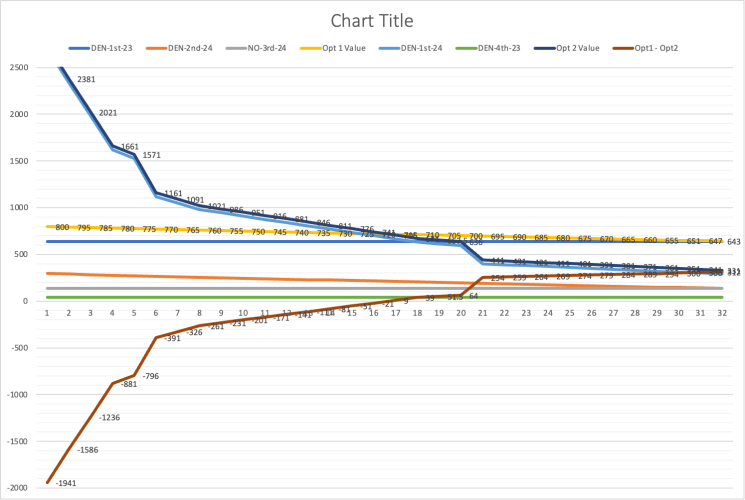Offline
No it’s ONLY Archie who drafted in the first round! That is crazy! We have to be the team with the fewest first round QB selections.This is ridiculous! Everyone’s so uptight about this trade. You really don’t know how the QB class will look next year and our ability to acquire one. The Saints haven’t drafted a QB in the first round since like the 80’s or 70’s. It’s really going to be okay!


